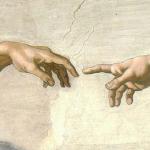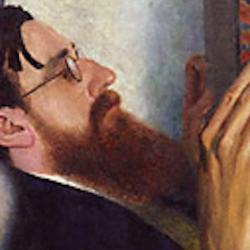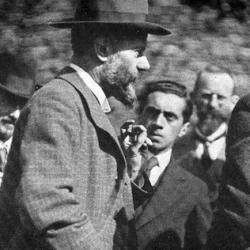“Modernity,” writes Jason A. Josephson-Storm, “is first and foremost the sign of a rupture . . . a device for positing significant historical breaks” (The Myth of Disenchantment, 7). By designating something as “modern,” we associate it with novelty, up-to-dateness, “the current.”
But modernity is also a spatial reality: “to call a culture modern is to ally it with newness and to consign its opposite to colonization or the scrap heap of history.” Modernity “is as much a project as a periodization,” and the two are linked “because modernization works by projecting an aspirational and utopian myth of modernity toward which it aspires” (7).
Modernity is inherently and literally “utopian”: No existing order, no matter how modern, lives up to the promise of utter newness and novelty. Modernity is “always located elsewhere.” Colonized peoples looked to the metropole as the embodiment of modernity. Or: “German philosophers looked to France as the epitome of the modern while French thinkers looked to England for the same.” If there’s a present modernity, it’s usually a dystopian one (7-8).
Josephson-Storm focuses on disenchantment as the distinguishing mark of the “modern” and, as his title indicates, he thinks disenchantment a myth. Instead of a tale of disenchantment, he explores “the process by which Christendom increasingly exchanged its claim to be the unique bearer of divine revelation for the assertion that it uniquely apprehended an unmediated cosmos and did so with the sparkling clarity of universal rationality. Sometimes this account of modernity as been celebratory, rejoicing in the ascent of European science and the end of superstition. But equally often, it has been a lament, bemoaning a loss of wonder and magic” (8).
Celebration and lament share a common myth, the myth that modern European culture dispensed with myth.












